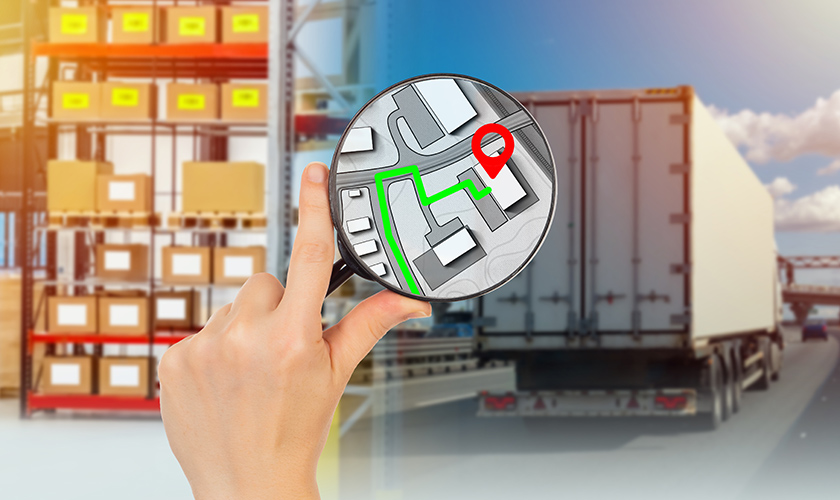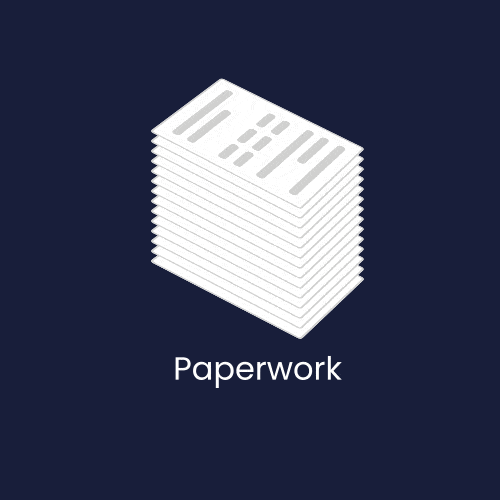Efficiency is essential for success in the quick-paced world of logistics and supply chain management. Delivery route optimization is a game-changer for third-party logistics (3PL) companies that may greatly improve their operations. With the development of route optimization technology, 3PL firms are now able to manage their delivery networks more effectively, more cheaply, and with higher customer satisfaction. We will discuss route optimization’s impact on 3PL delivery solutions in this article and why it is viewed as a game-changer in the sector.
What is Route Optimization?
Let’s first examine what route optimization comprises before delving into its transformational potential. Advanced algorithms and data analysis methods are used in the route optimization process to identify the most practical and economical delivery routes. In order to create optimized routes that reduce travel time, fuel consumption, and total operational costs, it takes into account a number of variables, including distance, traffic conditions, delivery time windows, and vehicle capacity.
Benefits of Route Optimization for 3PL Companies
For 3PL firms looking to improve their delivery solutions, route optimization offers a wide range of advantages. Let’s look at some of the main benefits that make it transform the market:
1. Enhanced Efficiency and Productivity
3PL businesses may handle more deliveries in less time by dramatically reducing travel time and distance by optimizing delivery routes. Businesses are able to maximize their operating capacity and handle higher order quantities without sacrificing service quality because of this increased productivity and efficiency.
2. Cost Reduction
By lowering fuel consumption, maintenance costs, and operating expenses, route optimization directly affects 3PL companies’ bottom line. Businesses can make significant long-term cost savings by reducing excessive travel and removing ineffective routes. These savings can be put back into growing businesses, enhancing infrastructure, or even providing customers with more affordable prices.
3. Improved Customer Satisfaction
The importance of providing outstanding client experiences cannot be overstated in the fiercely competitive logistics sector. Route optimization is essential for assuring accurate and on-time delivery, which boosts client satisfaction. Routes can be made more efficient so that 3PL businesses can reduce delivery delays, give precise projected arrival times, and improve overall service dependability.
4. Reduced Environmental Impact
In the contemporary business scene, sustainability is a factor that is becoming more and more significant. Through route optimization, 3PL enterprises can lower their carbon footprint by using less fuel and emitting fewer pollutants from their vehicles. Businesses can support environmental protection and connect their operations with eco-friendly practices by choosing the most efficient routes, which can also be a useful selling point for environmentally aware clients.
Also read: How Does Route Optimization Helps Pharmaceutical & Healthcare Industry
Implementing Route Optimization in 3PL Delivery Solutions
Let’s explore the implementation procedure and how 3PL organizations can effectively use this technology now that we’ve proven the advantages of route optimization.
1. Data Collection and Analysis
Obtaining pertinent data, such as delivery addresses, time windows, vehicle capacities, and traffic data, is the initial stage in implementing route optimization. The optimization algorithms use this data as a starting point to create the most effective routes. These data are gathered and analyzed using cutting-edge software and technology, enabling businesses to get insightful information and make wise decisions.
2. Integration with Existing Systems
3PL firms must combine the technology with their current systems and software in order to effortlessly include route optimization into their delivery offerings. Dispatchers and drivers may rapidly obtain optimum routes and delivery instructions thanks to this integration’s fast data flow and real-time updates. For compatibility and efficiency, integration may need the help of IT specialists or specialized software vendors.
3. Training and Adoption
Successful implementation of the route optimization system depends on appropriate training and adoption. Dispatchers and drivers must be instructed on how to effectively comprehend and follow the optimized routes, as well as familiarize themselves with the new system. A smooth adoption process depends on offering continuing support and addressing any issues or difficulties that surface throughout the transition period.
About nuVizz:
Route optimization by nuVizz is a game-changer for 3PL delivery systems. Businesses can achieve better productivity, cost savings, increased customer happiness, and decreased environmental impact by utilizing this technology. The dedication of nuVizz to innovation and perfection enables 3PL businesses to prosper in a sector that is rapidly changing, providing unmatched service while making the most use of their resources.
To discover the revolutionary advantages of route optimization and transform your 3PL delivery solutions visit our website.
Conclusion: Unlocking the Potential of Route Optimization
For 3PL delivery solutions, route optimization has proven to be a game-changer. Businesses can streamline processes, cut expenses, and improve customer satisfaction by utilizing cutting-edge algorithms and data analysis approaches. Beyond boosting productivity, route optimization has advantages for the environment and the expansion of the whole company. By providing outstanding service while managing their resources, 3PL organizations may prosper in a market that is becoming more and more competitive by adopting route optimization technology.

